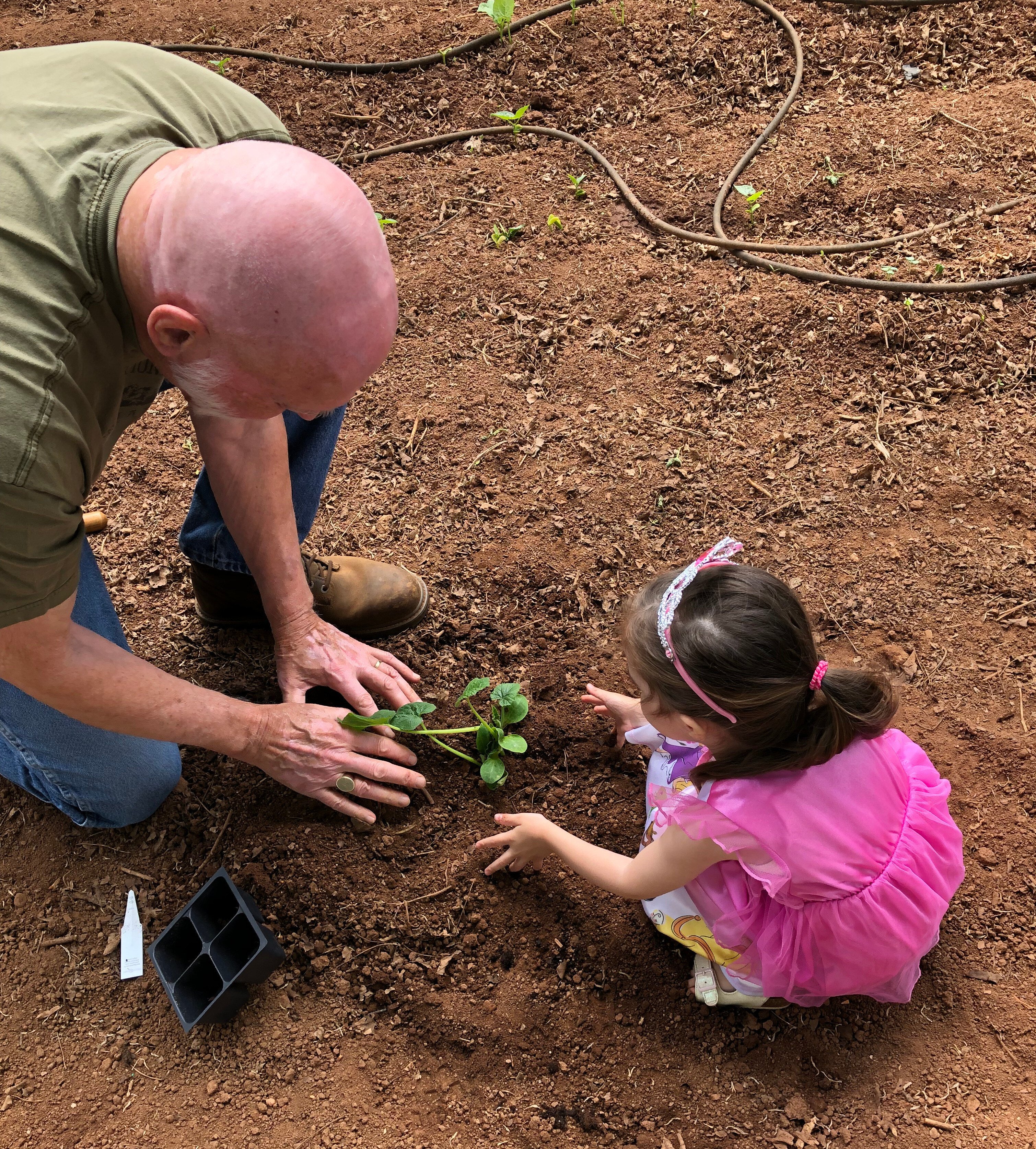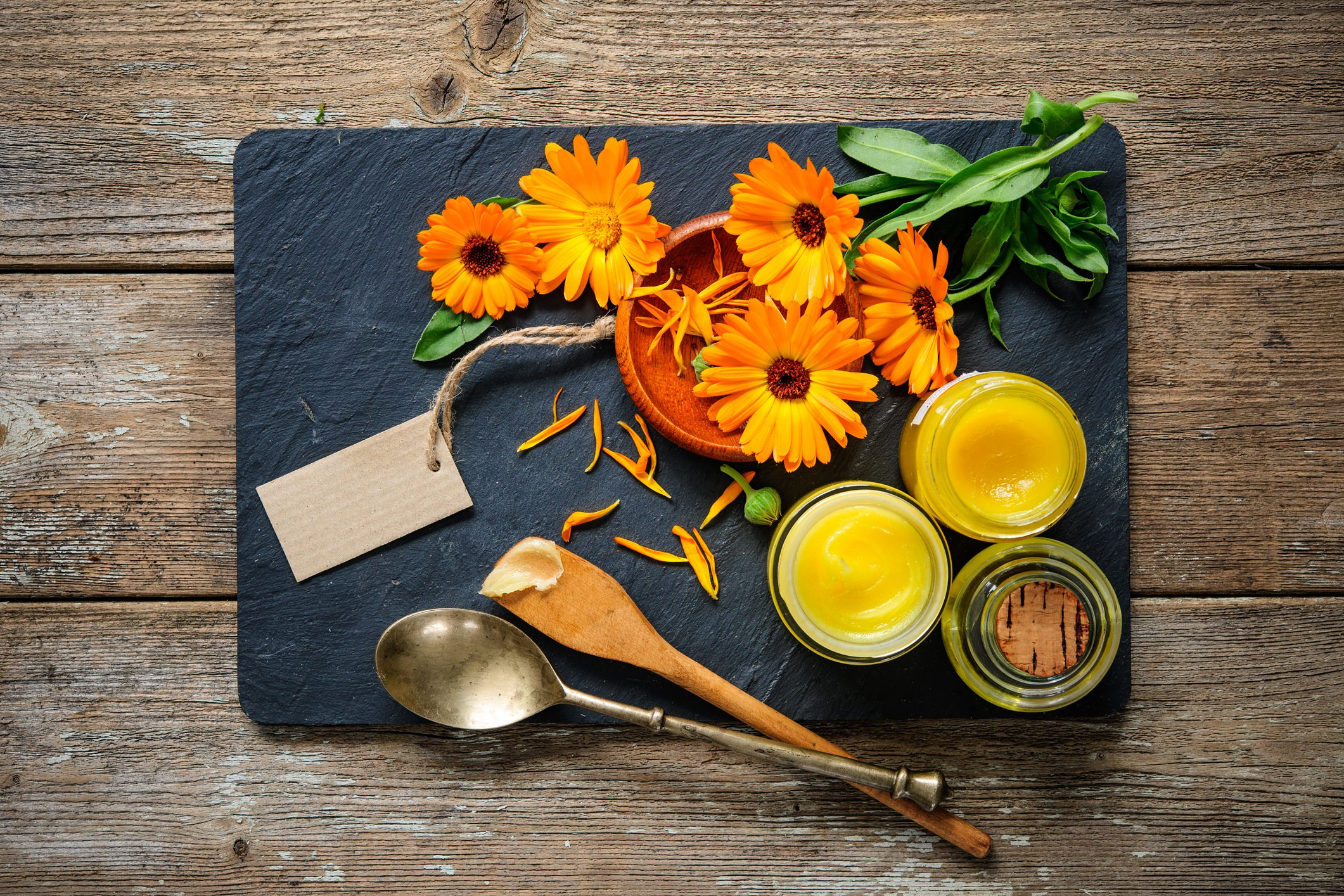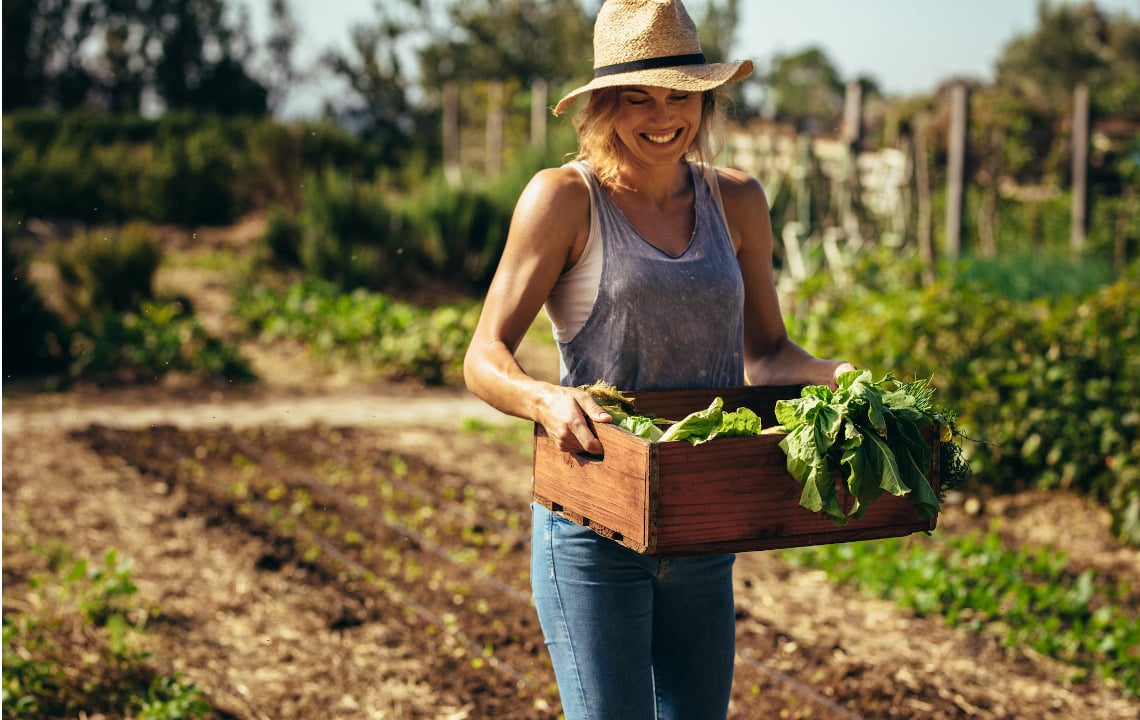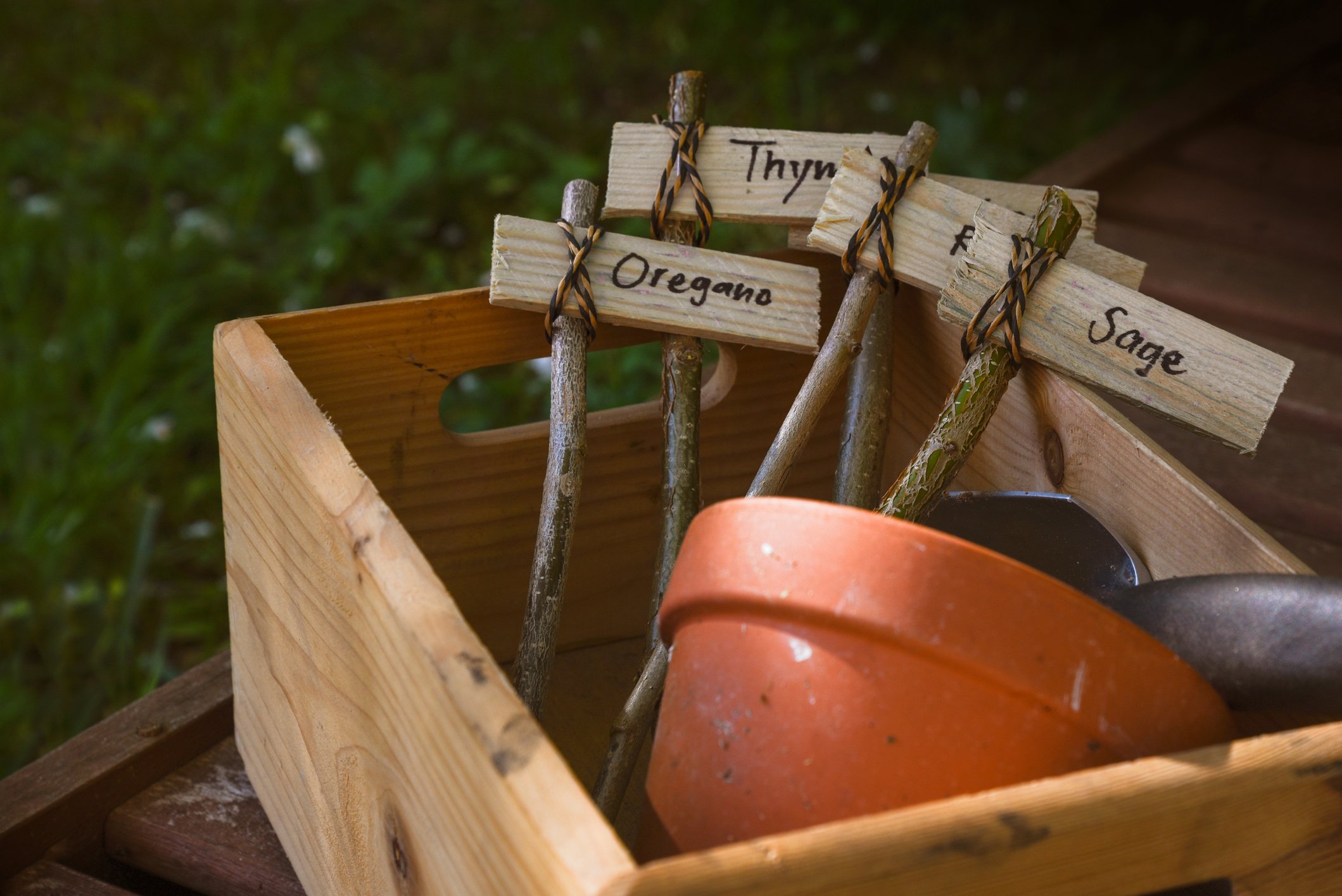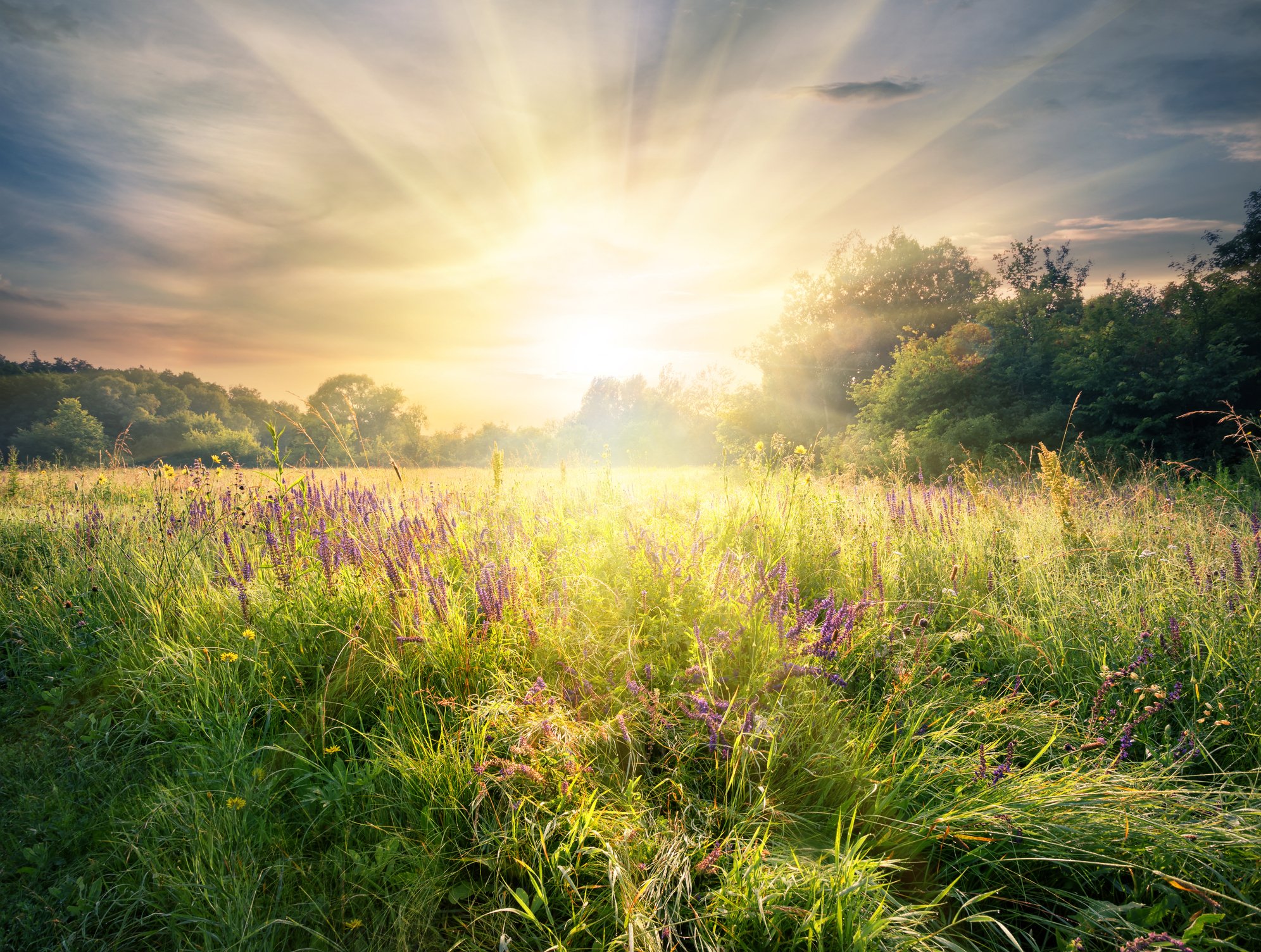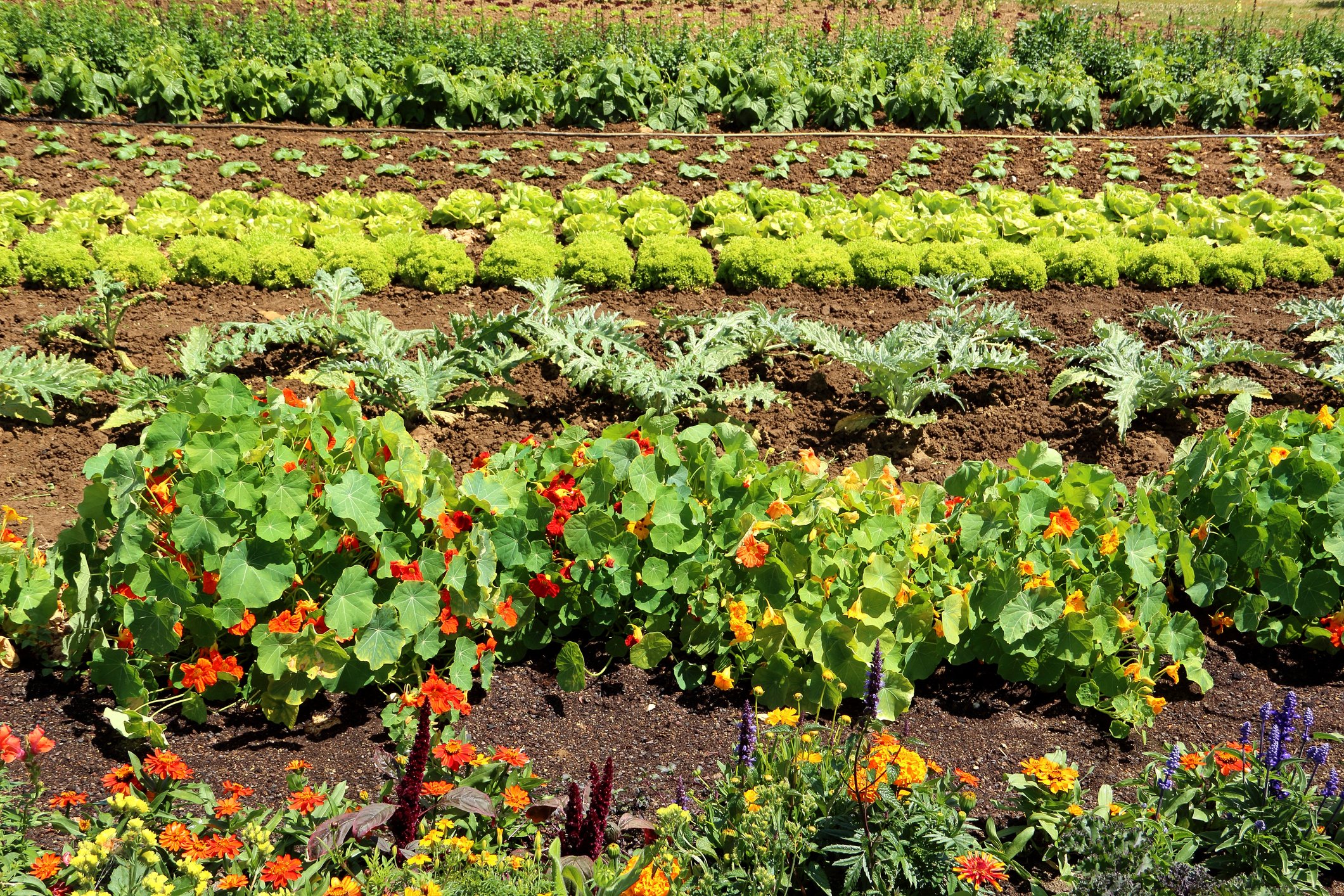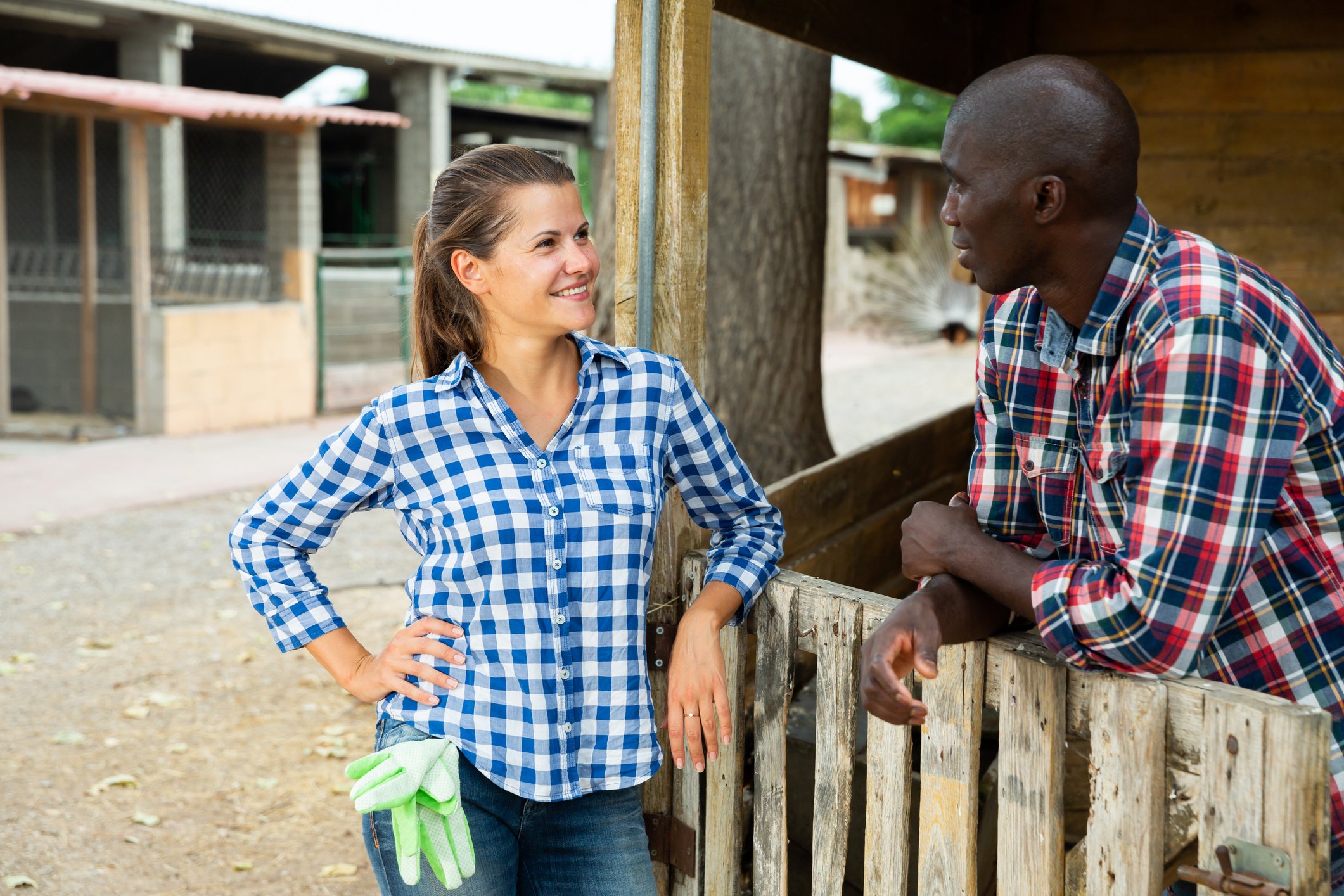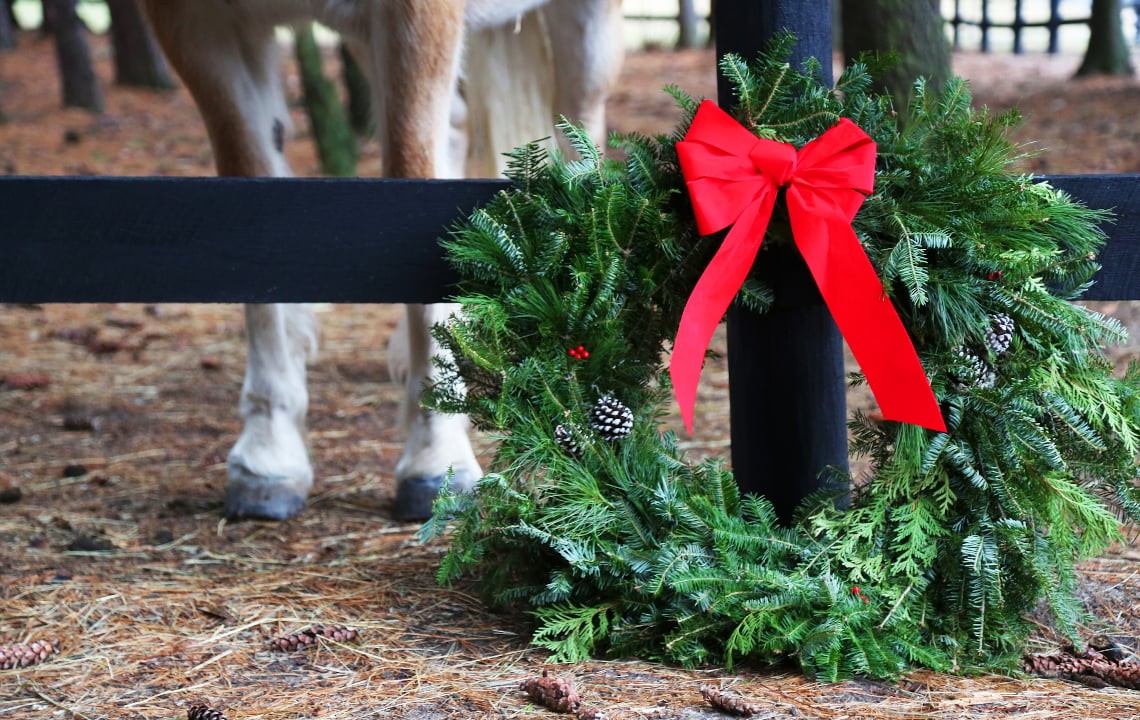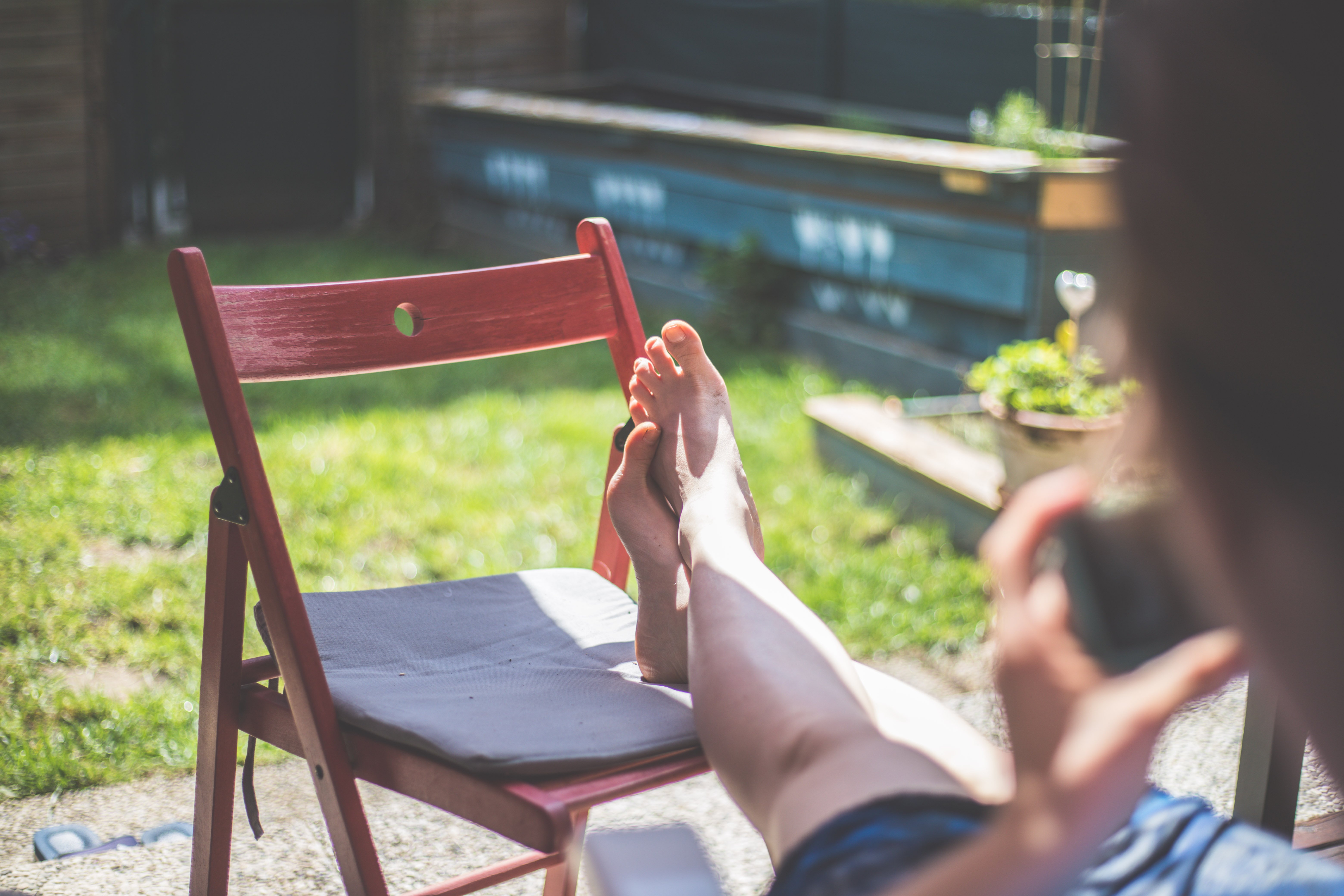You can add color and excitement to your landscape with the addition of a small garden focused on plantings that will attract colorful butterflies and beautiful hummingbirds.
 Do you have a corner of your property that is idle? Could it benefit from adding some color and becoming a destination for butterflies and hummingbirds? If so, here are some ideas to help make that a reality. By developing a small space properly, you can make it an eye-catching, focal part of your yard.
Do you have a corner of your property that is idle? Could it benefit from adding some color and becoming a destination for butterflies and hummingbirds? If so, here are some ideas to help make that a reality. By developing a small space properly, you can make it an eye-catching, focal part of your yard.
Plants are such an easy way to add interest to a yard. When planning to purchase and plant some in your yard, consider dedicating a small area to a concentration of plants that will attract butterflies and hummingbirds. If you are already feeding hummingbirds with sugar water or commercial preparations, this will enhance your efforts. (For further reading on the importance of supporting these pollinators, check out our article, How to Plant a Pollinator Garden).
How to make your butterfly garden
Such a garden does not have to be huge, but should include plants that are attractive to the species that you wish to attract. Here are 8 tips to consider when planning for a butterfly garden:
Tip 1: Choose the right spot
Select an area of the yard that will be easily visible, but not in a high-traffic area. It does not have to be huge, but big enough for a good selection of plants. It should be in a sunny location to encourage profuse blooming of plants. The garden should fit into the space and not overpower the rest of the yard.
Tip 2: Make sure the soil is prepared.
If the area is grassy, till the soil and rake the grass to remove any competition for the flowers.
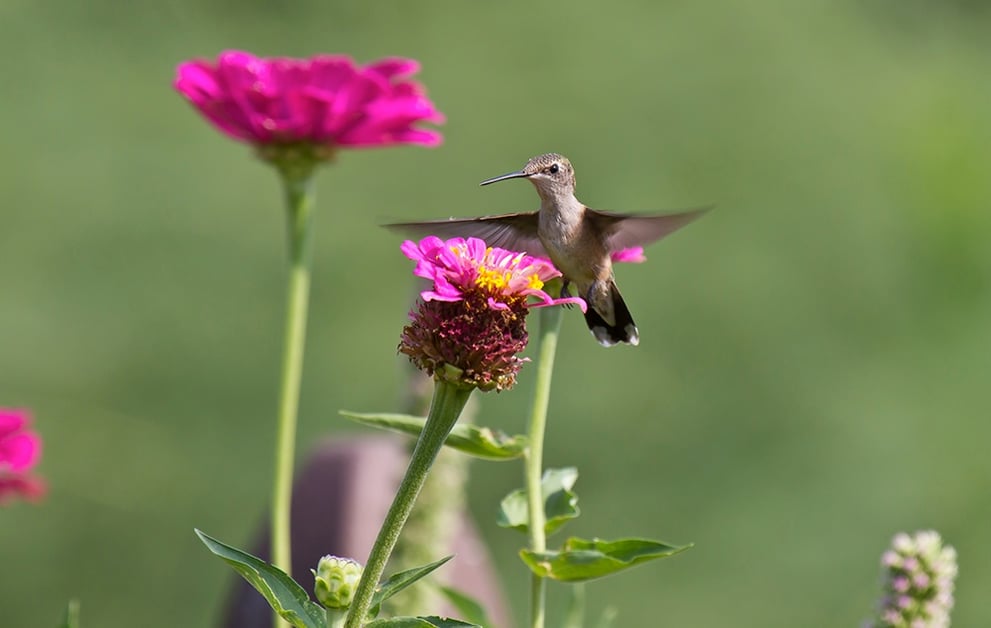
Tip 3: Add a barrier to keep weeds at bay.
Cover the soil with a porous barrier that will allow water to penetrate the soil, but discourage weed and grass growth.
Tip 4: Add a border.
Use a border to demarcate the edge of the garden. This could be natural stone or cast pavers obtained at a garden center.
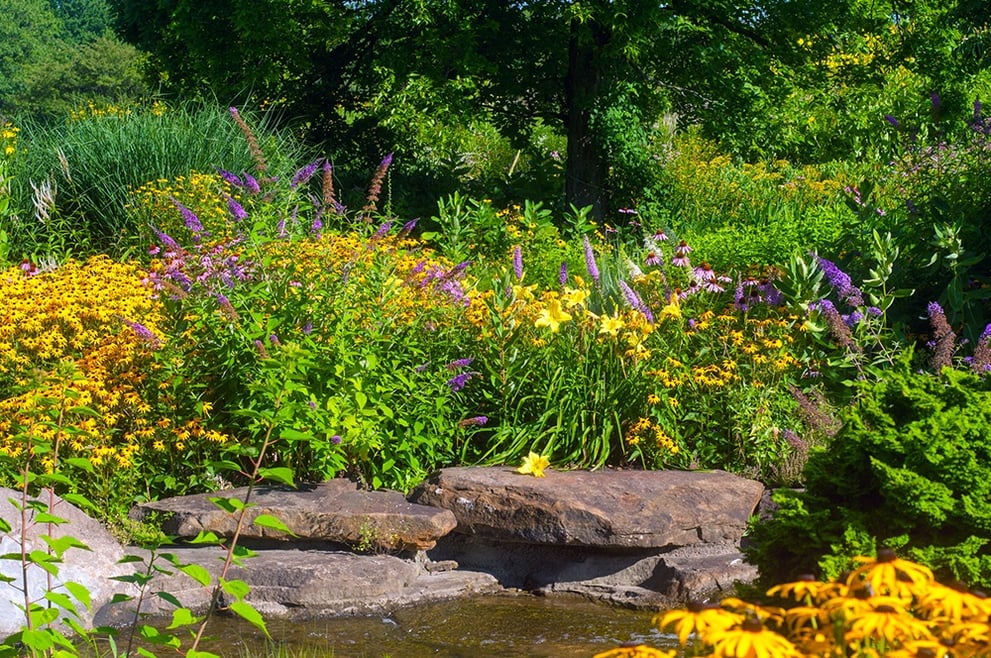
Tip 5: Choose plants that suit the space
Select plants that have a long blooming period and are compatible with each other. A collection could include: Joe Pye Weed, Sedum, Purple Coneflower, Salvia, Petunia, Butterfly Bush, Lantana, Aster, Black-Eyed Susan, Bee Balm, Dahlia, Phlox, Marigolds and Cardinal Flower. There are many other suitable plants and a search online will reveal species suitable for your area. You will need to select plants that will properly fit in your garden space and not overpower other nearby plants.
Tip 6: Incorporate wild plants.
When possible, use wild plants, as they will usually have sweeter nectar than domesticated varieties.

Tip 7: Use the right soil and spacing when you plant.
When planting, cut an "X" in the barrier fabric and dig a hole in the soil. Make it deep enough so that you can add potting soil that has a slow-release fertilizer additive. It should have plenty of room so that plant roots will not be crowded or be above the soil level. Gently tamp soil around plant base and fold barrier snugly around plant. Avoid getting too much soil above the barrier, as it will encourage weed or grass growth.
Tip 8: Add mulch.
Apply mulch - Completely cover the barrier and place near the base of the plants to retard weed or grass growth.
Enhancements to make your butterfly garden more attractive
Once you complete the basic installation of the garden, you can enhance it with the addition of a birdbath and hummingbird feeders. If this is in your plan, be sure to leave an appropriate space to accommodate this item. You may also wish to incorporate a garden sculpture to add to the mood. Strategically placed items can be focal points or they can supplement and enforce a certain theme that you may be striving to create.
Butterfly Puddling Stations offer a special treat for butterflies.
Another item that may create a friendly environment for butterflies is a puddling station. Butterflies are attracted to mineral-laden water. A puddling station may be created by filling a flat container such as a pie pan or a plant saucer with sand and sink it into the soil in the butterfly garden. Sprinkle 7-7-7 fertilizer of an organic origin on top of the sand and add water. Keep it moist and replenish the fertilizer every couple of weeks. This will provide the minerals that are needed by certain species of butterflies.
I have often observed butterflies in large masses sitting around a puddle in the wild. They offer some great photo opportunities when this occurs.
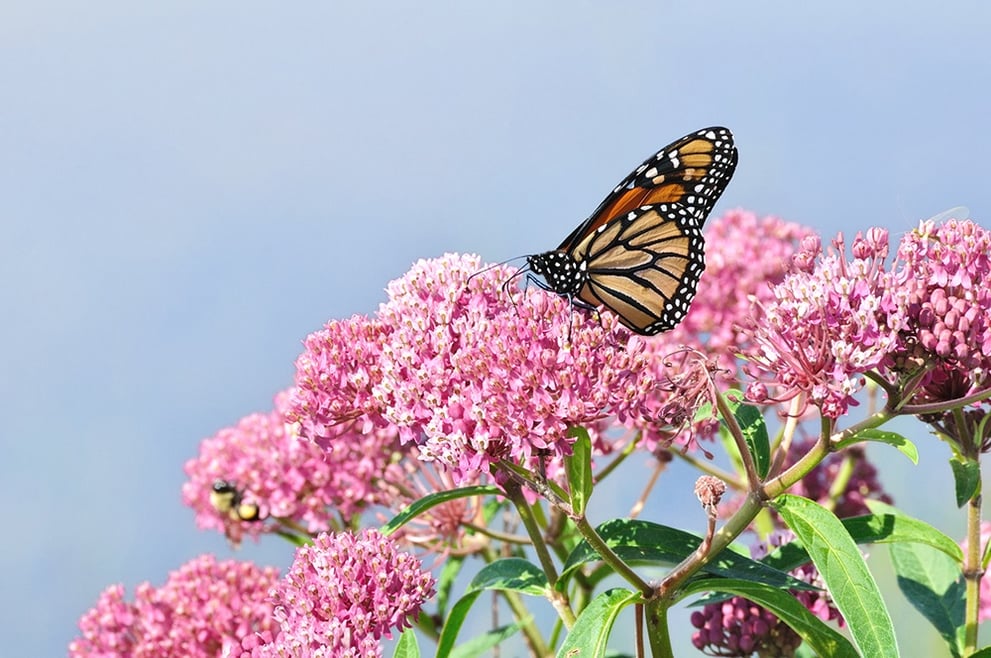 Monarch butterflies thrive on milkweed, shown above, but it's not safe for pets and children.
Monarch butterflies thrive on milkweed, shown above, but it's not safe for pets and children.
To Milkweed or not to Milkweed? It’s Good for Monarch Butterflies, Poisonous to Humans.
The question of planting milkweed for Monarch butterflies is a thorny issue. Milkweed is the favored food of Monarch larva and is vital to the Monarch’s survival. The problem is that the milky sap of the plant is poisonous to humans and some animals. Another problem is that it is a large plant, reaching several feet from the ground.
If you have a place large enough and do not have small children or animals that frequent the area, you might consider growing milkweed to help assure the survival of the beautiful Monarch butterfly.
The Benefits of a Butterfly/Hummingbird Garden
If you enjoy colorful plants and viewing butterflies and hummingbirds, a small garden is a great investment. If you feed hummingbirds, this is a natural extension of your hobby. Hummers will still frequent your established feeders, but they will also flit merrily about your new garden and sip nectar from the wide variety of plants that you have established.
Keep your camera handy, as there will be many opportunities to snap photos of beautiful butterflies and hummingbirds.
Top photo by L. Woodrow Ross, featuring his own butterfly and hummingbird garden.


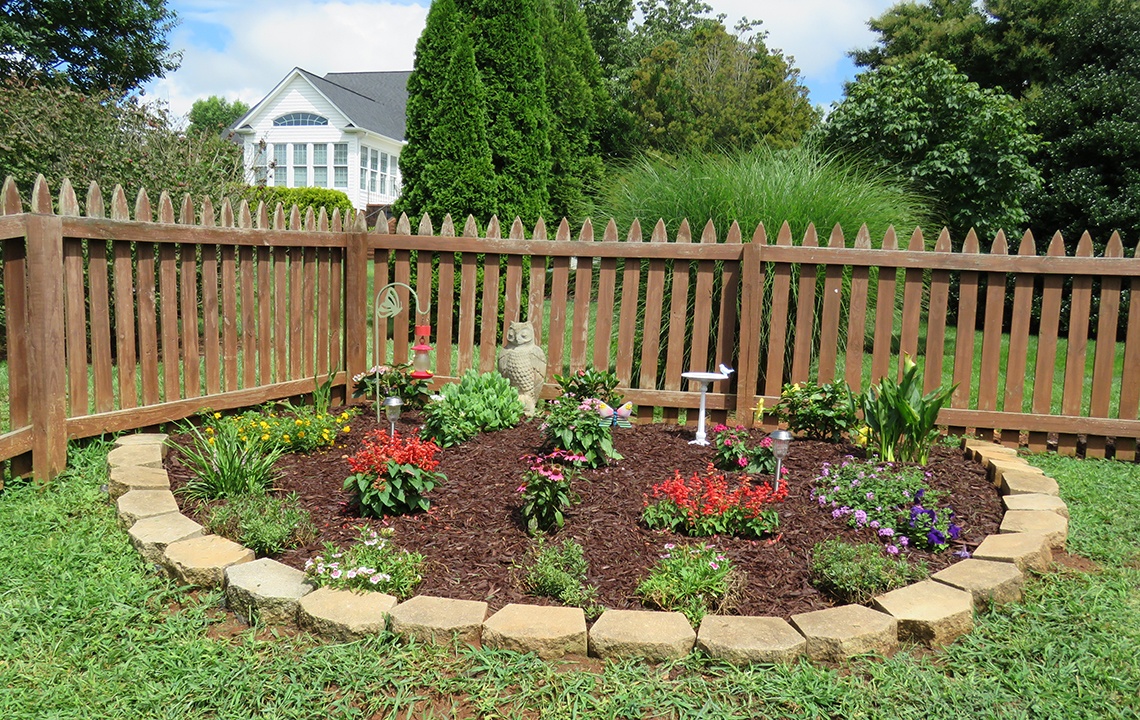
.jpg)





